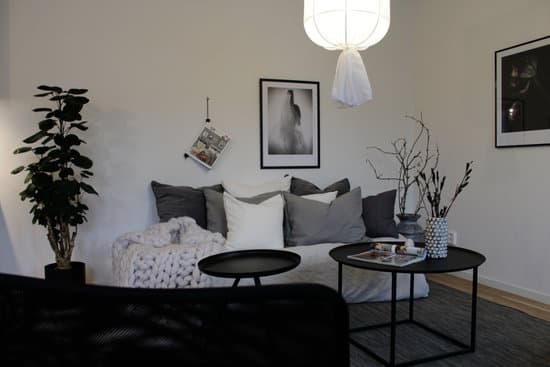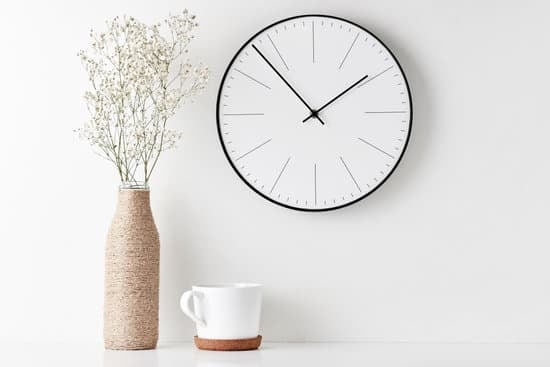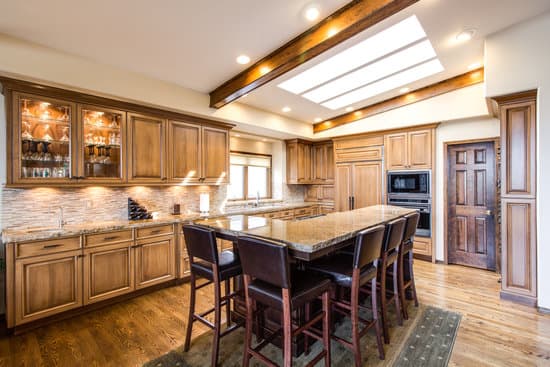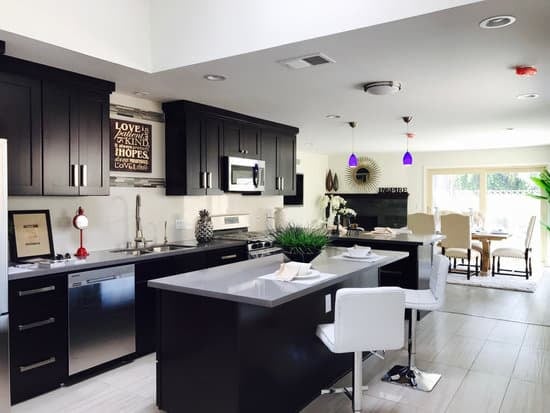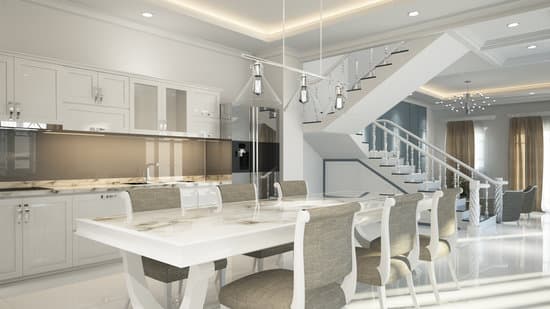To edit a picture to have a moody vibe, there are a few easy steps you can follow to achieve the desired effect. Here are some tips to help you:
Decrease Saturation & Clarity: Lowering saturation and clarity can go a long way in creating a moody look. This will help tone down the colors in the image and give it a more subdued feel.
Edit specific colors in HSL: To further adjust the colors in your image, use the HSL (Hue, Saturation, and Luminance) sliders to make specific color adjustments. For example, you can decrease the saturation of the blue tones to create a colder, moodier atmosphere.
Increase Contrast Using Blacks and Shadows: Increasing the contrast will help make the darker areas of your image even darker. To achieve this effect, adjust the Blacks and Shadows sliders in your editing software. This will help to create a more dramatic and moody image.
Mute Highlights: Lastly, to create a more muted, subdued look, adjust the Highlights slider to reduce the intensity of the brighter areas of your image. This will help to create a more even, cohesive look.
By following these simple steps, you can easily edit your image to have a moody feel. Experiment with these settings to find the best combination for your image and create a breathtaking, moody masterpiece.
